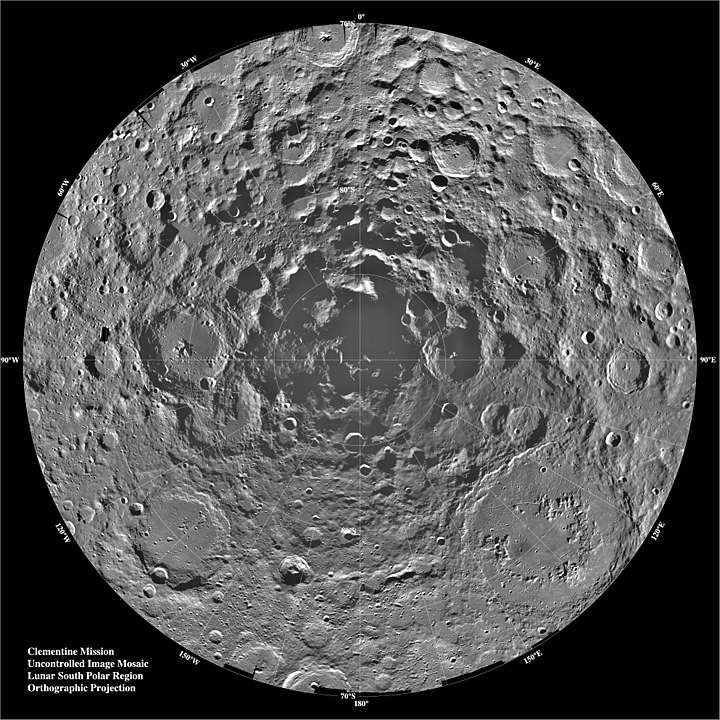The start-up Astrobotic will send its first robot to the Moon in 2022. Named MoonRanger, the rover will aim to search for traces of water at the pole south, anticipating the arrival of the next astronauts scheduled for 2024.
It will have escaped no one that NASA wants to send the first woman and a man to the Moon as early as 2024, as part of the Artemis III mission. For now, there is still talk of landing at the South Pole. And for good reason:probes have already detected the presence of ice in the shaded craters of this lunar region.
In the context of a sustainable exploration of our satellite, the presence of this raw material seems essential, as the freight costs will be exorbitant. It could then be treated in situ to be consumed or transformed to produce oxygen and fuel.
However, if we know that there is indeed water on the Moon, we still do not know in what quantities. This is where MoonRanger comes into play. Developed by Carnegie Mellon University, and its subsidiary Astrobotic, this small rover will have the main objective of probing the presence of water on the ground – a first – at the level of the South Pole.
The craft has just completed its preliminary design review for its planned launch in 2022, the University said.

The size of a large suitcase, MoonRanger will be able to move about 1,000 meters. To carry out its mission, it will be equipped with a neutron spectrometer developed by the Ames Research Center from NASA. The instrument will be used to measure the amount of hydrogen contained in the lunar soil, the abundance of hydrogen being directly correlated to the concentration of buried water ice.
Unlike other contraptions of its kind, MoonRanger will not carry a heating system based on radioactive isotopes. In other words, its battery and electronics will inevitably fail when the lunar night – and its cryogenic temperatures – begin to set in. Therefore, the robot will have to take advantage of a lunar day – which we remember lasts 14 Earth days – to carry out its mission.
MoonRanger will also be too small to carry a radio powerful enough to communicate directly with Earth. Also, he will have to rely on his lander to establish short-range wireless communication. This will then be responsible for relaying the robot's discoveries to terrestrial operators.

Note that if Astrobotic will work here on behalf from NASA, there is also talk of the US agency sending its own rover, named VIPER, aimed at serving the same purpose. Its launch is also scheduled for 2022, but at a later date than MoonRanger.